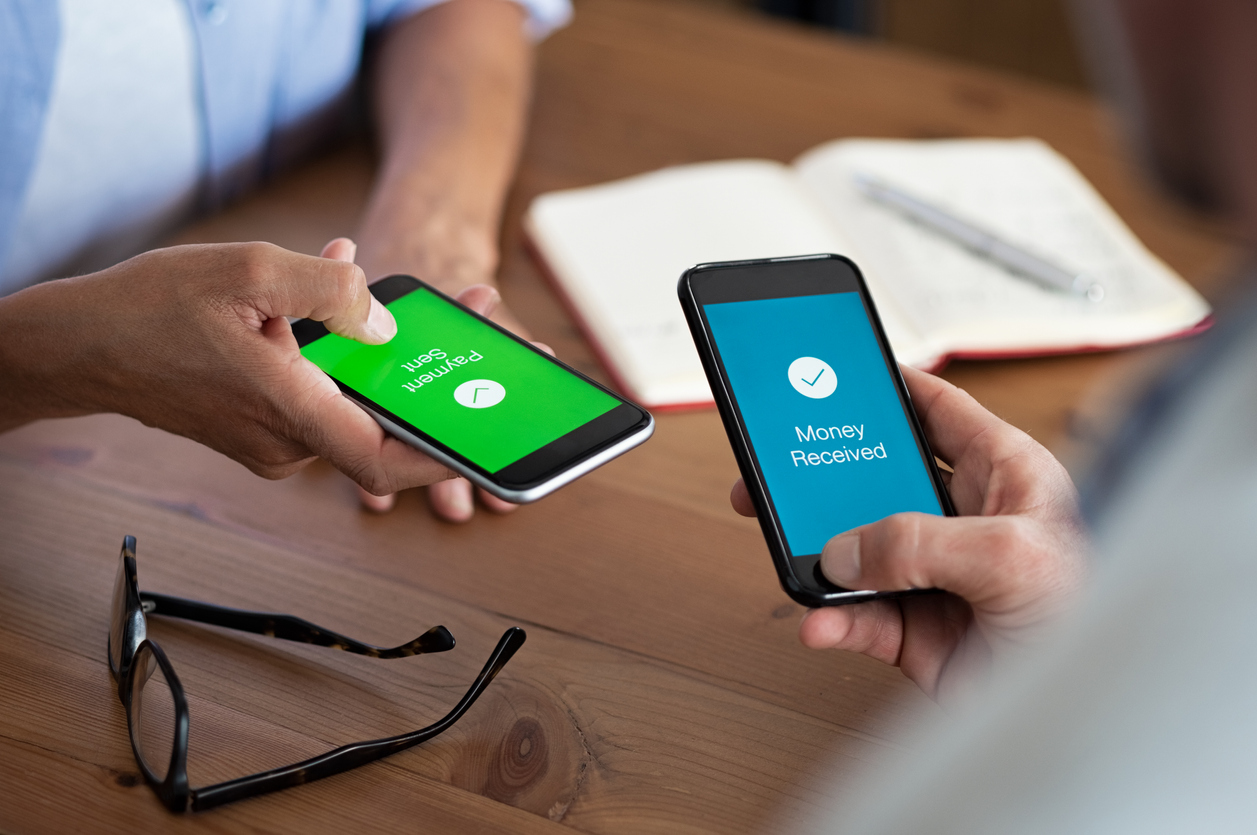Tips to Avoid Mobile Payment App Scams
Americans lose millions of dollars each year to various scams. Whether it’s a natural disaster, charity donation, or health crisis, scammers never stop looking for opportunities to steal your information and take advantage of you. Mobile payment app scams have become increasingly popular over the years, especially during the pandemic.
Mobile payment apps are a peer-to-peer payment service that offers a safe and convenient way to quickly send and receive money between people you know and trust. As more people use mobile payment apps like Apple Pay®, Google Pay™, Venmo, CASH APP, or Zelle®, they are prime targets for scams because transactions are quick, difficult to trace, and almost impossible to get your money back.
To learn more about mobile payment app scams, we asked Jessica, our Director of Compliance and Risk Management, to share a few helpful tips on what scams to watch out for and ways to avoid sending money to a scammer.
Watch out for these scams
“If what they’re selling is free, you’re the product,” said Jessica. Whether it’s stealing your identity or hard-earned money, the ultimate goal is to profit from you. “Since the pandemic, there’s been a significant increase in mobile payment app scams. We want you to be informed so you’ll lessen your chances of being a victim,” said Jessica. Here are some common scams to watch out for.
- A request for money from someone you met online or you don’t know.
- A message requesting money upfront to settle an account or claiming you owe money for taxes or other purchases.
- Any messages with instructions that you must send a certain amount of money to receive money back - for example, cash prize giveaways or lottery winnings.
- “Get out of jail” message claiming to be a loved one in trouble asking to wire bail money to get out of jail.
Avoid sending money to a scammer
- Download mobile payment apps from a reliable app store you trust.
- Make sure your security software is updated.
- Be cautious when using free public Wi-Fi, because it’s mostly unsecured.
- Always guard your smartphone or other mobile devices the same as you guard your wallet.
- Verify the recipient’s information (email address, telephone number, or username) before sending money.
- Don’t click on any links from unexpected emails or text messages, especially those requesting you send or receive money.
- Never send money to anyone you met on social media or you don’t know.
- Beware of requests asking you to pay using a gift card, reloadable cards, or money transfer.
- Use multi-factor authentication, biometrics, or create a PIN for extra security when available.
- Link your mobile payment app to a credit card rather than a debit card. A credit card gives you extra protection in case there’s an unauthorized transaction on your account.
Always use your gut instinct. “If it’s too good to be true, it will most likely create trouble for you. I would encourage you to NEVER engage with anyone on social media you don’t know or trust, especially if they’re asking for money. Carefully review all messages and AVOID clicking on links in unsolicited emails or text messages because they’re most likely a scam,” said Jessica.
What to do if you sent money to a scammer
- If you believe you’ve sent money to a scammer, contact the mobile payment app merchant immediately to report the scam.
- Contact your credit card issuer and financial institution if there’s an unauthorized charge on your account and ask them to reverse the transaction.
- Report the fraud to the Federal Trade Commission (FTC).
While mobile payment apps are a quick and convenient way to send and receive money, always stay alert and diligent to keep your money and personal information safe from scammers trying to take from you.
For more information on protecting your identity, check out our Security Center.
Zelle and the Zelle-related marks are wholly owned by Early Warning Services, LLC and are used herein under license.

